"In Theory" plants
christinmk z5b eastern WA
10 years ago
Related Stories

GARDENING GUIDES9 Clay-Busting Native Flowers for Summer Sun
These plants survive and even thrive in tough clay soil east of the Rocky Mountains
Full Story
GARDENING GUIDESMake Sure You Read This Before Buying New Plants
Follow these 10 plant-selection tips to avoid buyer’s remorse
Full Story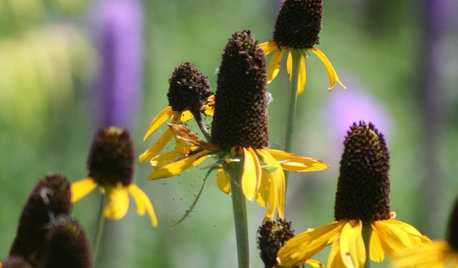
GARDENING FOR BUTTERFLIESGreat Design Plant: Giant Coneflower, a True Exclamation Point
Watch as towering stalks topped by yellow blossoms become a beacon for birds and insects in the midsummer garden
Full Story
LANDSCAPE DESIGNThe 7 Best Plant Types for Creating Privacy and How to Use Them
Follow these tips for using different kinds of plants as living privacy screens
Full Story
HOUSEPLANTS10 Top Plants to Grow Indoors
Brighten a room and clean the air with a houseplant that cascades artfully, stretches toward the ceiling or looks great on a wall
Full Story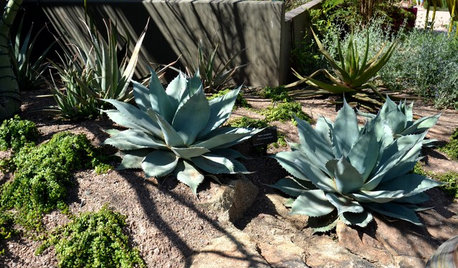
GARDENING GUIDESGreat Design Plant: Agave Ovatifolia
Whale’s tongue agave adds striking beauty to the drought-tolerant landscape with its uniquely shaped leaves
Full Story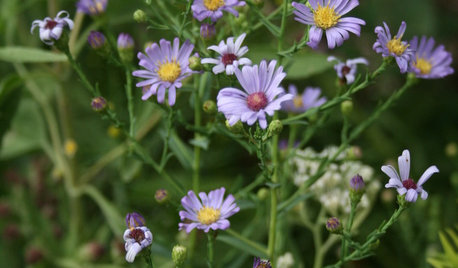
NATIVE PLANTSAutumn Joy: How to Get 3 Months of Fall Flowers
Enjoy blooms from September to November by mixing 6 asters native to different areas of the U.S.
Full Story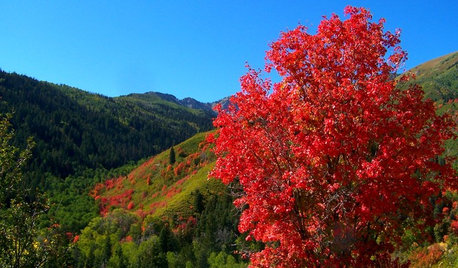
GARDENING GUIDESBigtooth Maple, the West’s Native Sugar Maple
Plant Acer grandidentatum for cool shade, brilliant autumn colors and songbird habitat
Full Story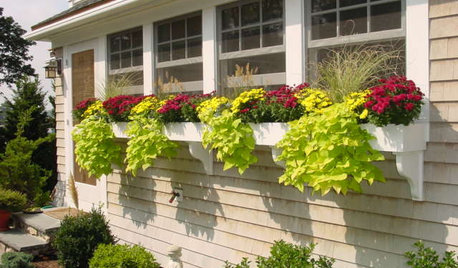
GARDENING AND LANDSCAPINGCharm Up Your House With Windowboxes
Plant Some Living Color Right Outside Your Window
Full Story
MY HOUZZMy Houzz: Japanese Minimalism Blends With Classic New Orleans Style
African art and indoor plants complement the clean and modern aesthetic of two landscape architects
Full Story






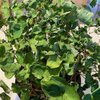

sunnyborders
GreatPlains1
Related Professionals
Oconomowoc Landscape Architects & Landscape Designers · Roosevelt Landscape Architects & Landscape Designers · Rossville Landscape Architects & Landscape Designers · Stamford Landscape Contractors · Avocado Heights Landscape Contractors · Amesbury Landscape Contractors · Canyon Lake Landscape Contractors · Cupertino Landscape Contractors · Middleton Landscape Contractors · New Brighton Landscape Contractors · Parkland Landscape Contractors · Paso Robles Landscape Contractors · Plymouth Landscape Contractors · Rockwall Landscape Contractors · West Chester Landscape Contractorsgardenweed_z6a
christinmk z5b eastern WAOriginal Author
NHBabs z4b-5a NH
GreatPlains1
christinmk z5b eastern WAOriginal Author
woodyoak zone 5 southern Ont., Canada
gardenweed_z6a
mxk3 z5b_MI
GreatPlains1
laceyvail 6A, WV
NHBabs z4b-5a NH
NHBabs z4b-5a NH
christinmk z5b eastern WAOriginal Author
sunnyborders
GreatPlains1
christinmk z5b eastern WAOriginal Author
Spicebush
Tiffany, purpleinopp Z8b Opp, AL
gardenfullofswallowtails
GreatPlains1
gardenfullofswallowtails
NHBabs z4b-5a NH
User
Tiffany, purpleinopp Z8b Opp, AL
sunnyborders
daisyincrete Z10? 905feet/275 metres
User
daisyincrete Z10? 905feet/275 metres